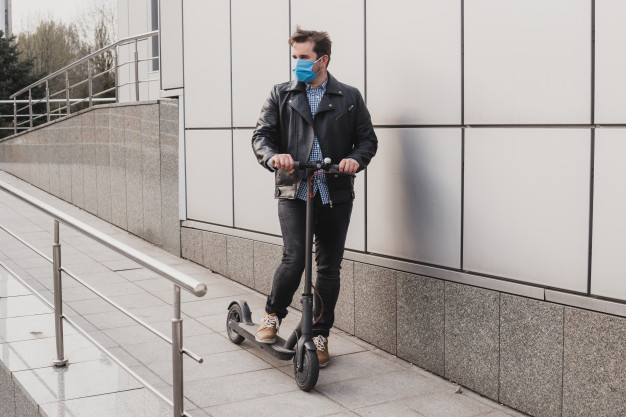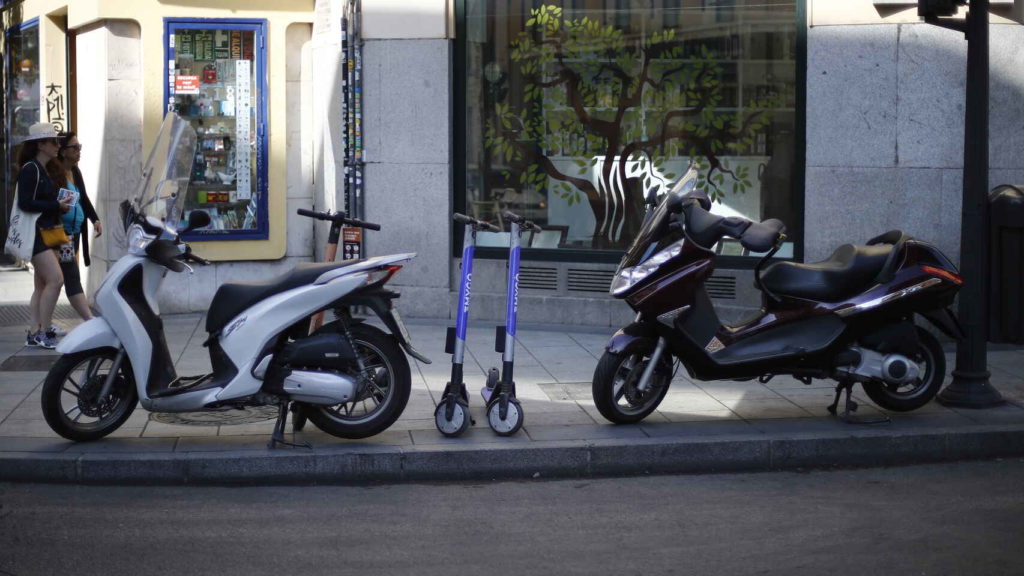COVID-19 has changed the lifestyle of humanity and generated changes in the field of transport. Within the mobility sector, this means that many passengers prefer modes of transfer that are perceived as safer and more hygienic.
Suddenly, private cars come in and carpooling seems to disappear. Working from home is on the rise, again with the aim of preserving security, while business trips and all the mobility services associated with them (flights, taxis, e-hailing) are in low demand.
The most popular perspectives
The McKinsey & Company study details that by “reimagining the post-pandemic workforce, it is estimated that the recovery from COVID-19 will be digital. A plan for the first 90 days.”
Cities have redefined car lanes to create more space for bicycles and scooters as people began to avoid public transportation.
Similarly, government incentives to help the auto industry have encouraged the use of carbon neutral solutions and spurred the development of electric vehicles (EVs).
Related content: Focused on PURE ETRC! Hyundai and Discovery premiere miniseries “A Better Way”
In another shift emerging from the pandemic, McKinsey & Company stresses that “consumers are increasingly turning to digital channels, from food delivery to streaming services, and now they expect mobility players to scale up the online offers.”
These fundamental changes, along with other recent developments, are driving the mobility leaders to reinvent the future of mobility.
They had already been adjusting their strategies to the rise of ACES (autonomous driving, connected cars, electric vehicles and shared mobility) and now they go even further to explain the impact of the pandemic on consumer behavior, policy-making and regional economies.
The following changes are likely to persist long after COVID-19 is brought under control and therefore deserve special attention.
Customer Preferences
In addition to safety, consumers are focusing more on digital channels and sustainability issues. Access to micromobility options (light vehicles such as bicycles, electric scooters and mopeds) will be important, as will health and safety issues with a 5% increase in their use.
The report highlights that 80% of purchases are made online by customers in an age range between 18 and 34 years.
Technology
The pace of change will continue to accelerate in all areas, including connectivity, autonomous driving, and urban transportation.
According to McKinsey & Company, the surge of allies for ACES stood at 420 compared to 110 in 2015.
For its part, investments in innovation amounted to 45 trillion dollars during the referred year in which the pandemic began.
Regulations
It is expected that regulators will be even more active in the field of mobility. Many, for example, are tightening CO2 regulations for vehicles while trying to reduce climate change.
The McKinsey & Company report states that at least 150 cities in the world made modifications to their legislation for mobility and transportation.
Consumer preferences
Many car dealerships closed in 2020 and car purchases plummeted, especially at the beginning of the year. In February, sales fell 71 percent in China; in April, they fell by 80 percent in Europe and 47 percent in the United States.
Furthermore, mobility behavior changed dramatically during the pandemic, as many travelers worked from home and others avoided public transport due to health problems.
While consumers have traditionally focused on time to destination, cost, and convenience when selecting a mode of transportation, they now cite the ability to reduce the risk of infection as their top consideration.





